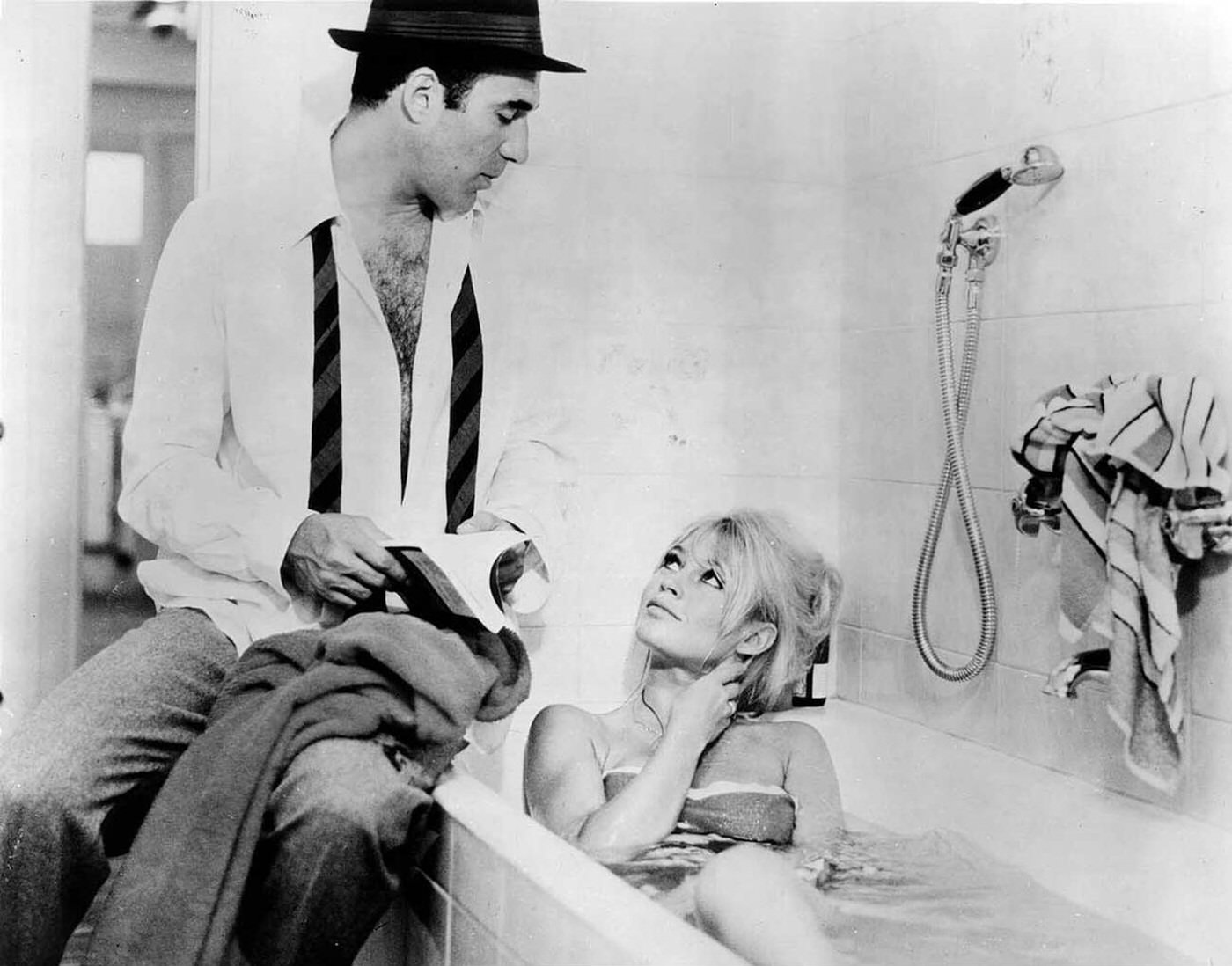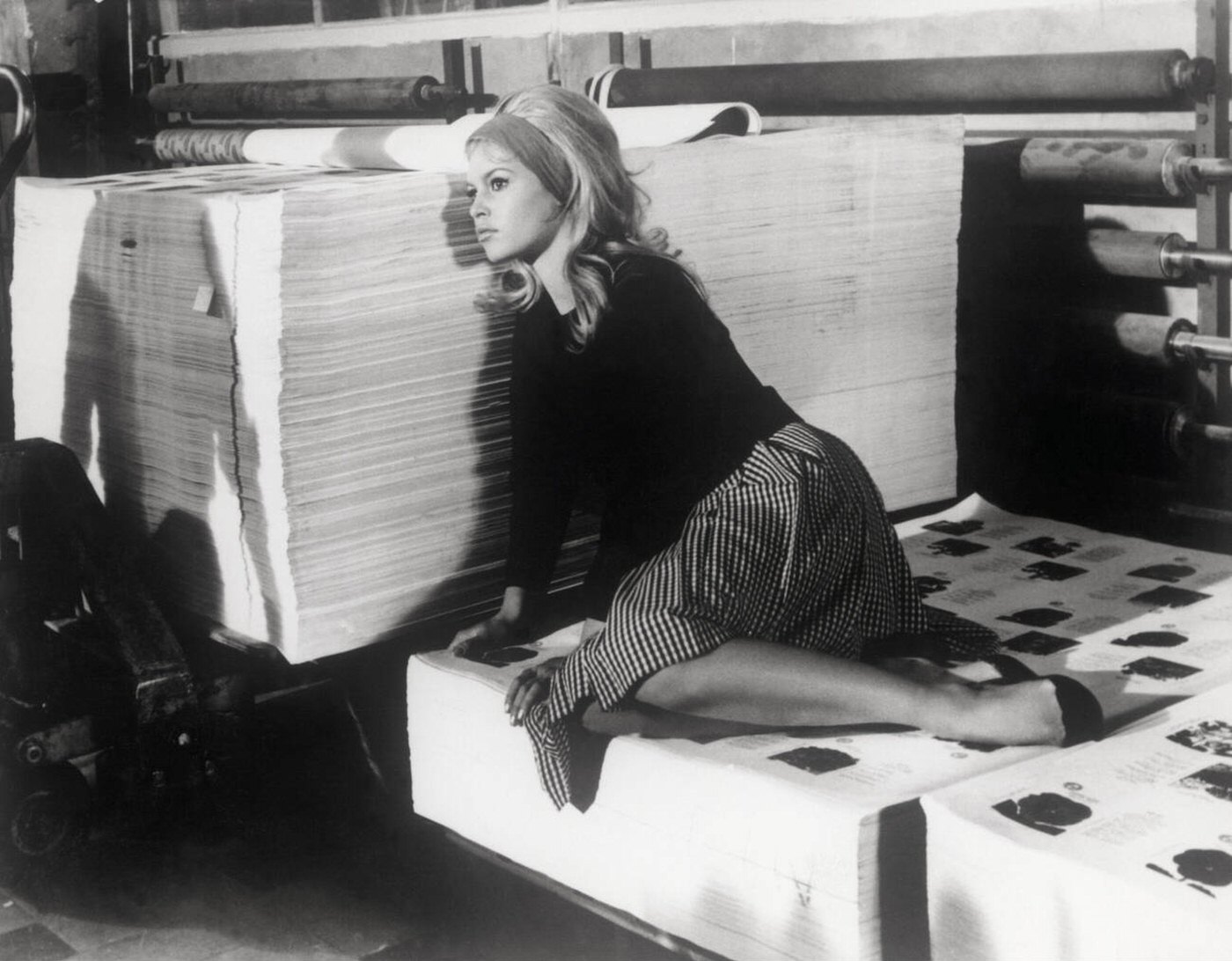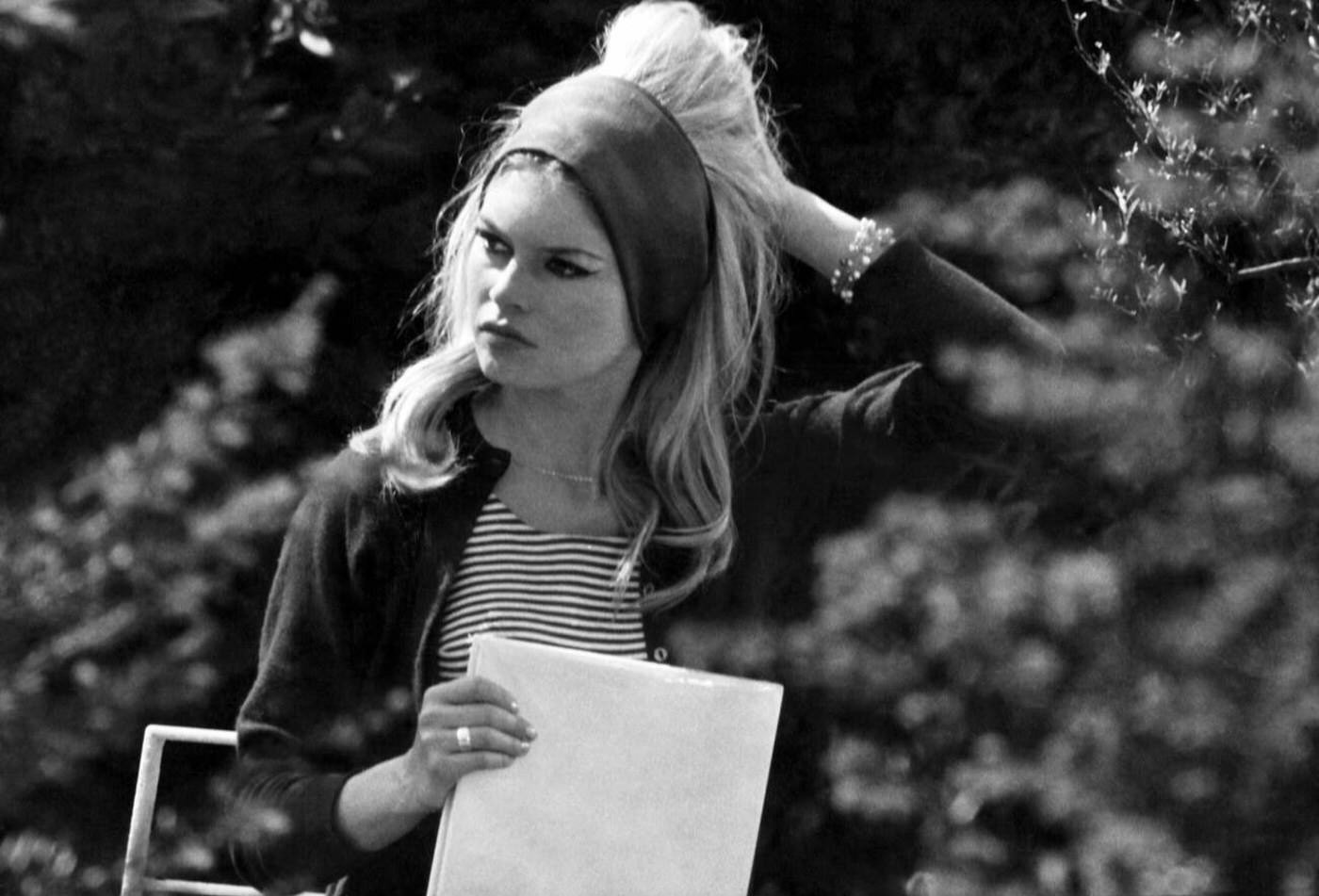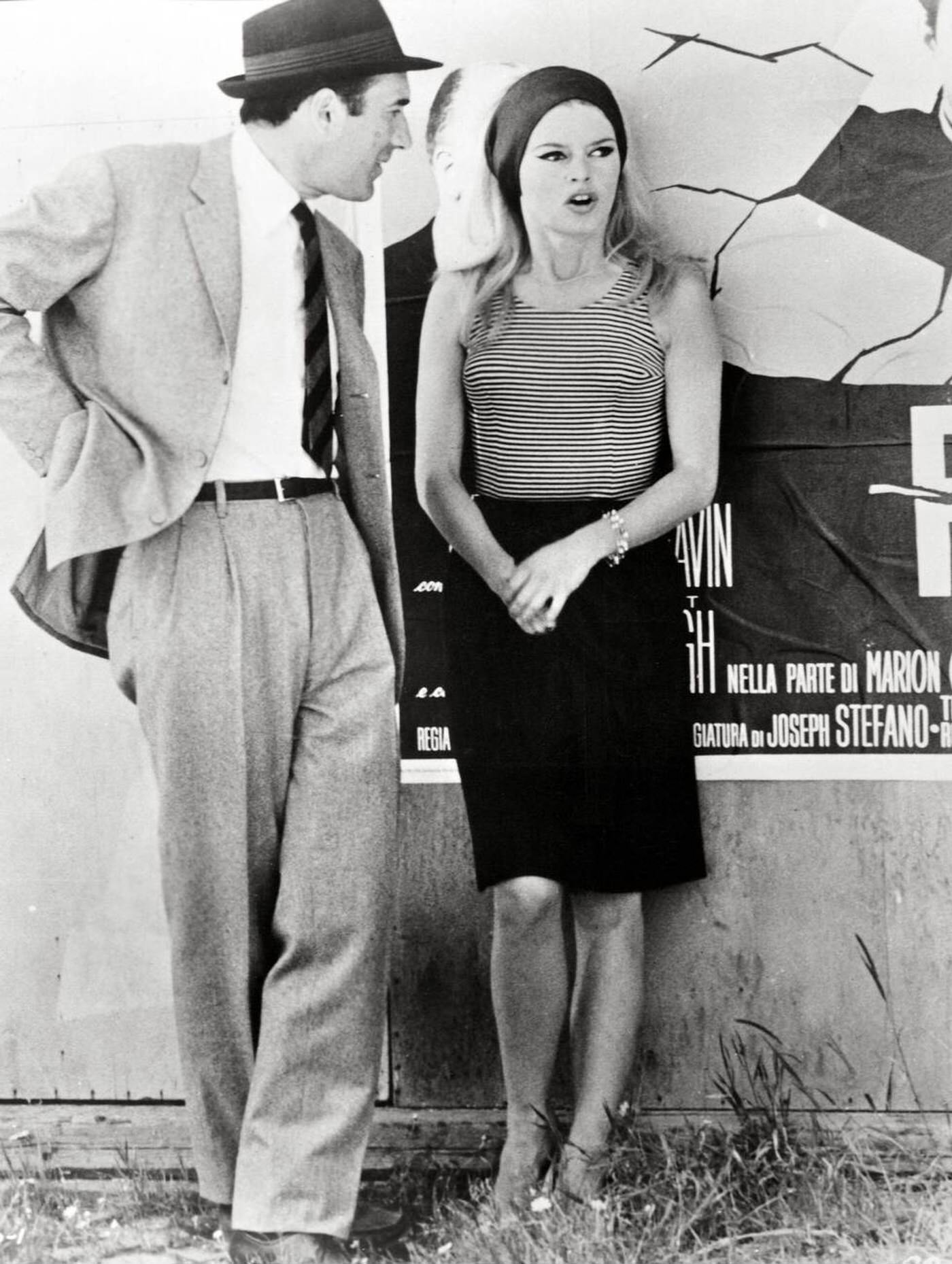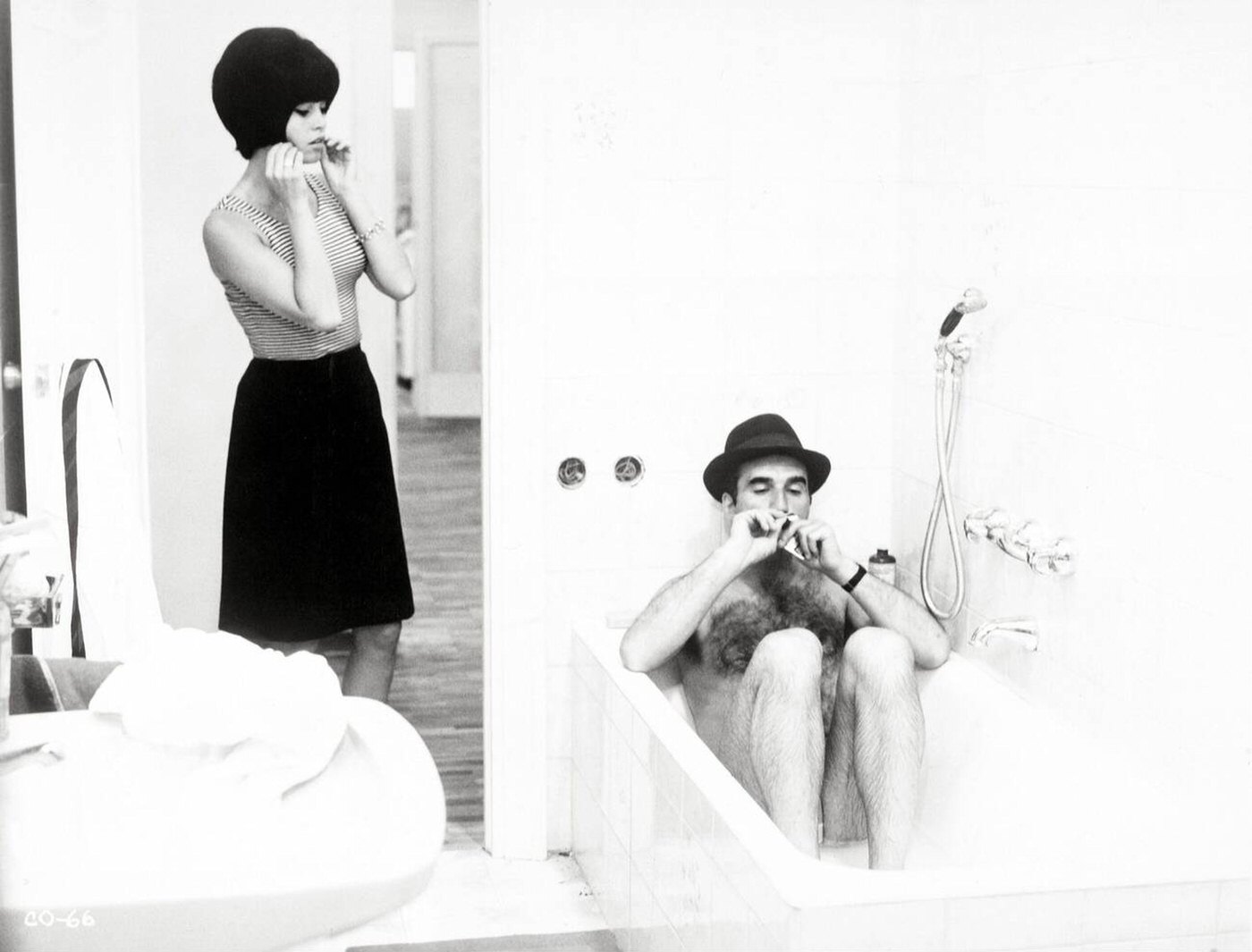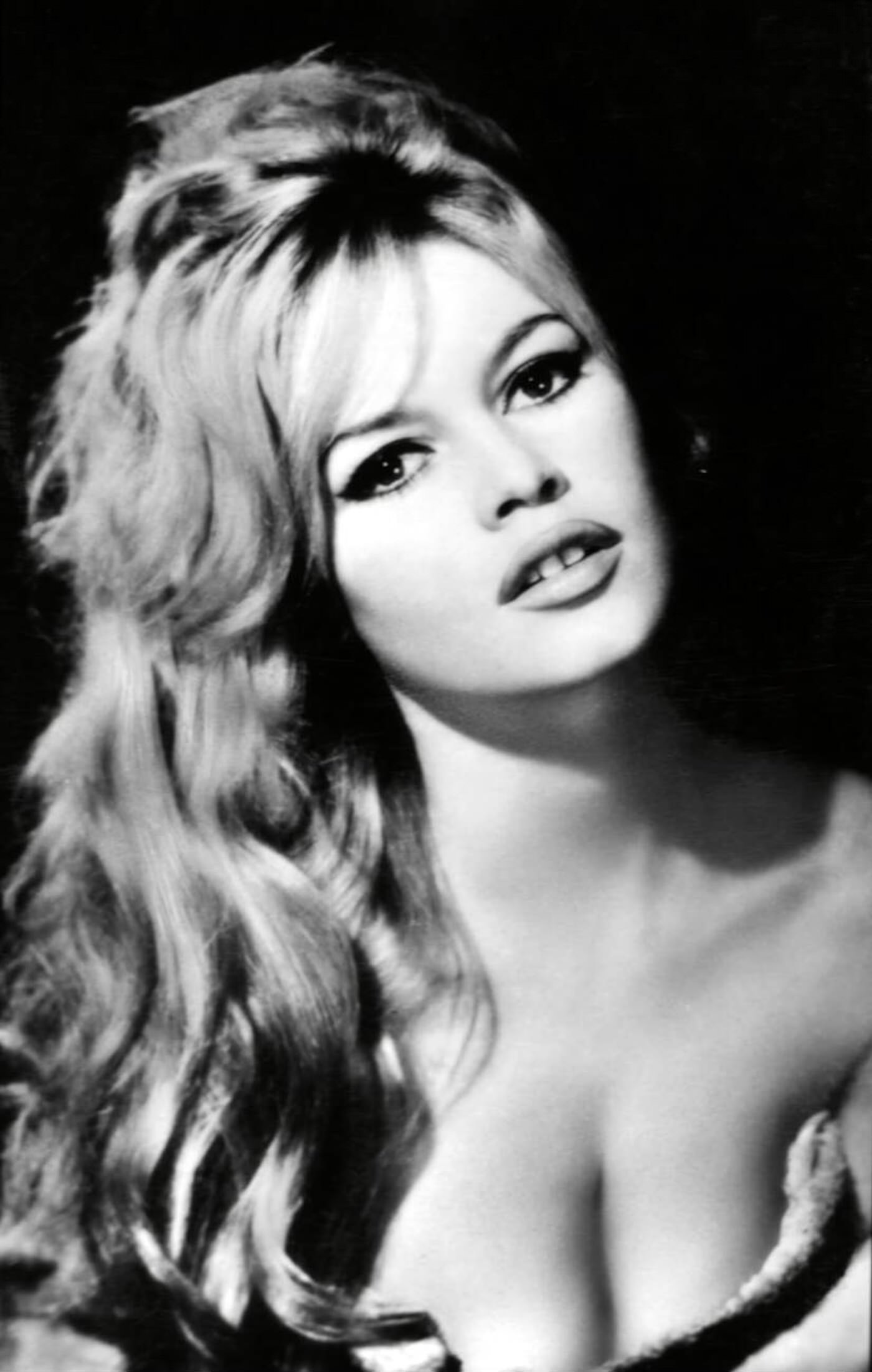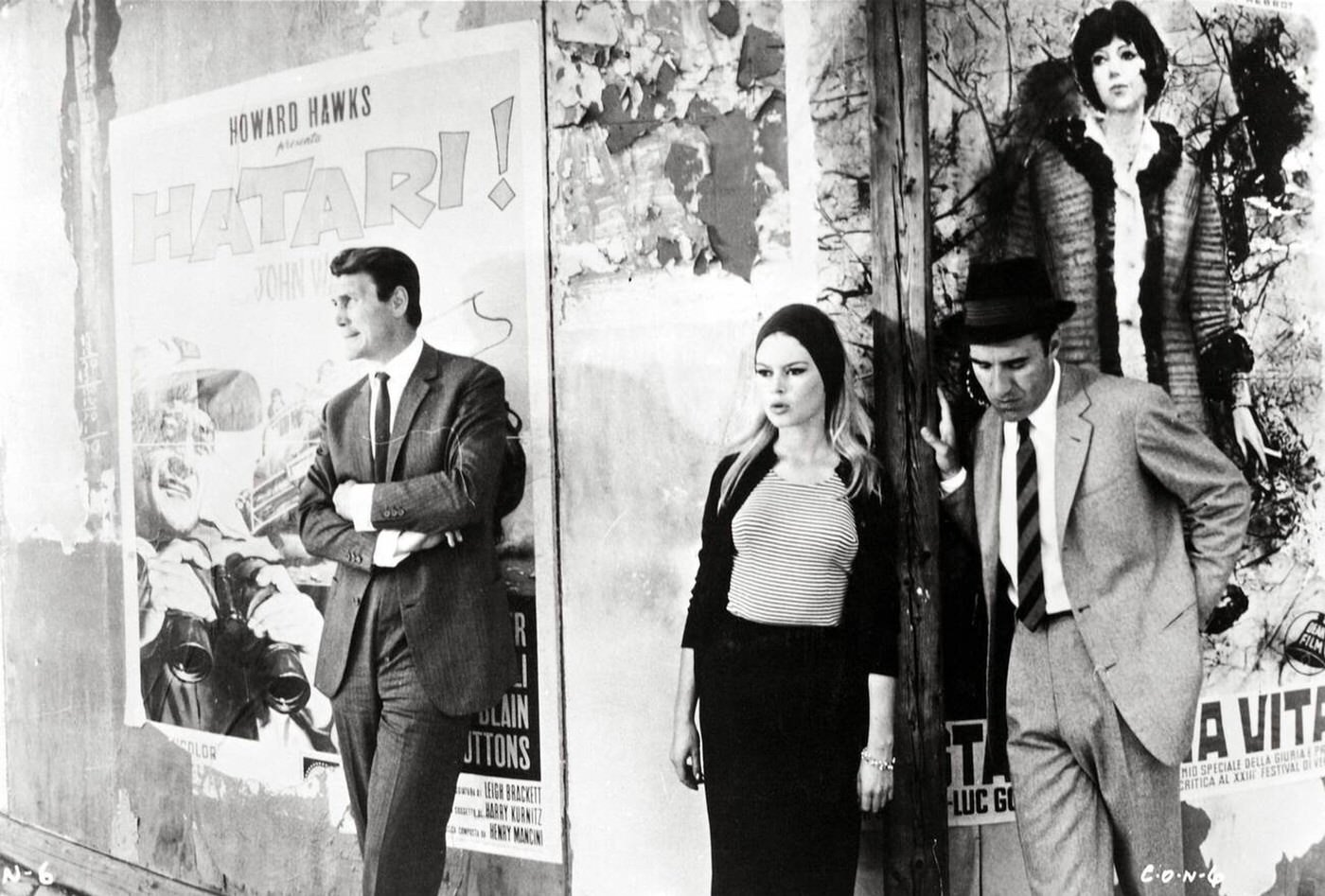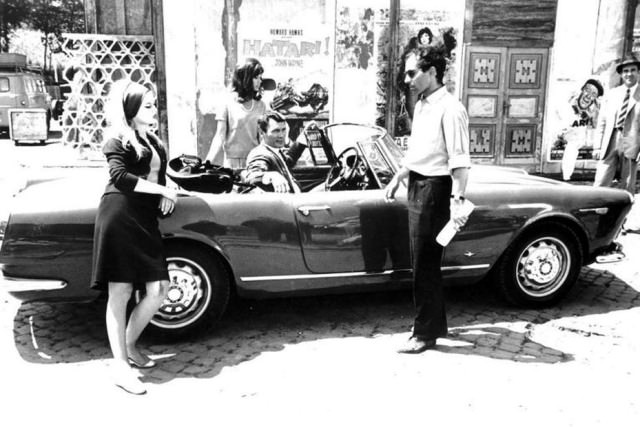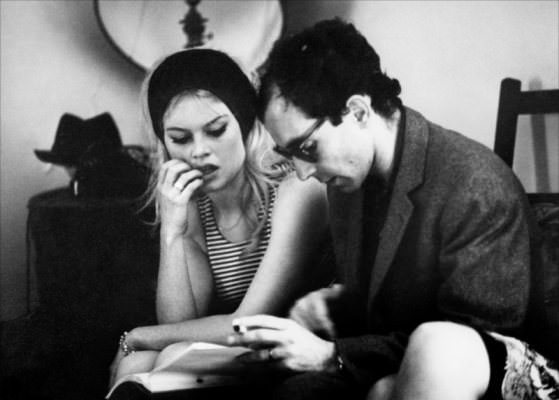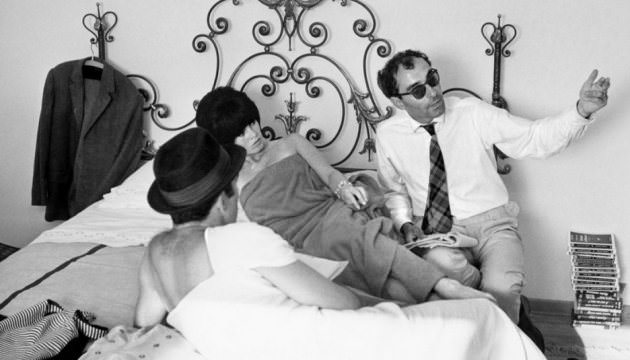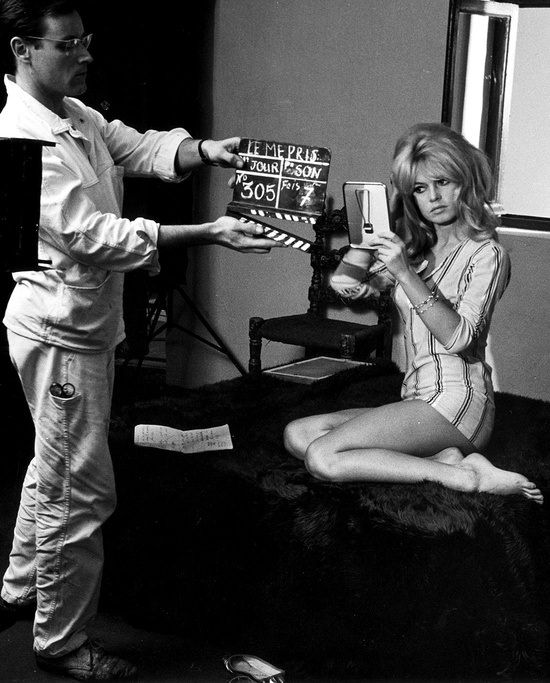‘Le Mépris’, a French title that translates to ‘Contempt’, is a visually striking French-Italian film released in 1963. Directed by the influential filmmaker Jean-Luc Godard, the narrative unfolds against the backdrop of the international film industry. It tells the story of a marriage falling apart, set mainly in the locations of Rome and the picturesque island of Capri, Italy.
The Story Unfolds (Plot)
The film introduces Paul Javal, a French playwright experiencing some conflict about his artistic career but needing financial stability. He agrees to take a job rewriting a script for Jeremy Prokosch, a confident and wealthy American film producer. The project is an adaptation of Homer’s ancient Greek classic, the ‘Odyssey’, and Prokosch has hired the respected, real-life German director Fritz Lang to helm the picture. Paul involves his wife, Camille, a former typist, in his new job, taking her along to meet Prokosch. Early interactions at Rome’s Cinecittà film studios and later at Prokosch’s impressive villa in Capri set the stage for trouble. After an incident where Paul seems to casually suggest Camille accept a ride alone in Prokosch’s flashy sports car, Camille’s attitude towards Paul undergoes a sudden and drastic change. She begins to feel contempt for him. A significant portion of the film is dedicated to a long, emotionally charged sequence set within Paul and Camille’s apartment, revealing the widening gulf between them through arguments and silences. The setting later shifts entirely to the bright, sunlit island of Capri, where production on the ‘Odyssey’ film is supposed to commence. Here, amidst the beauty of the landscape, the fractured relationship between Paul and Camille, and the tensions involving Prokosch, move towards a breaking point.
Read more
Key Characters (Cast)
The film features a small group of central characters. Michel Piccoli plays Paul Javal, the writer whose compromises and insecurities contribute to the drama. Brigitte Bardot, a major international star at the time, portrays Camille Javal. Her perspective, her striking presence, and her character’s growing sense of contempt for Paul form the emotional center of the movie. American actor Jack Palance plays Jeremy Prokosch, the arrogant producer representing the commercial, sometimes crass, side of the film business. In a notable piece of casting, the actual legendary film director Fritz Lang appears as himself, hired by Prokosch to direct the ‘Odyssey’. Lang’s character often seems to represent artistic dignity and a connection to cinematic history. Supporting these figures is Giorgia Moll as Francesca Vanini, Prokosch’s young Italian translator, who helps bridge the communication gaps among the multilingual characters.
Behind the Camera (Director & Production)
‘Le Mépris’ was directed by Jean-Luc Godard, a key figure associated with the French New Wave movement in cinema, known for experimenting with film style and storytelling. The movie was filmed by cinematographer Raoul Coutard using the widescreen CinemaScope format, giving the images a broad, expansive look that captures both the landscapes and the characters within them. The film is particularly renowned for its bold and deliberate use of primary colors – vibrant reds, blues, and yellows appear frequently in costumes, set design, and even through filters, adding to the visual intensity. The Italian locations are used to great effect, from the historic atmosphere of Cinecittà studios to the dramatic modern architecture of the Villa Malaparte perched above the sea on Capri. Godard utilizes specific cinematic techniques, including extended scenes filmed in long takes without cuts, most famously during the lengthy apartment sequence between Paul and Camille.
Themes Explored
Through the story of Paul and Camille’s disintegrating marriage, ‘Le Mépris’ delves into several themes. The core idea is the exploration of contempt itself – how it can silently grow and poison a relationship, replacing love and respect. Problems in communication are central, highlighted not only by the arguments between Paul and Camille but also by the presence of multiple languages (French, English, Italian, German) throughout the film, sometimes requiring translation. The film also presents a conflict between the ideals of art, perhaps symbolized by Fritz Lang and the classical source material of Homer, and the pressures of commerce and money, personified by the producer Prokosch. Furthermore, ‘Le Mépris’ frequently reflects on the filmmaking process itself, containing scenes set within a film studio, discussions about scriptwriting, and the interactions between director, producer, and writer.


